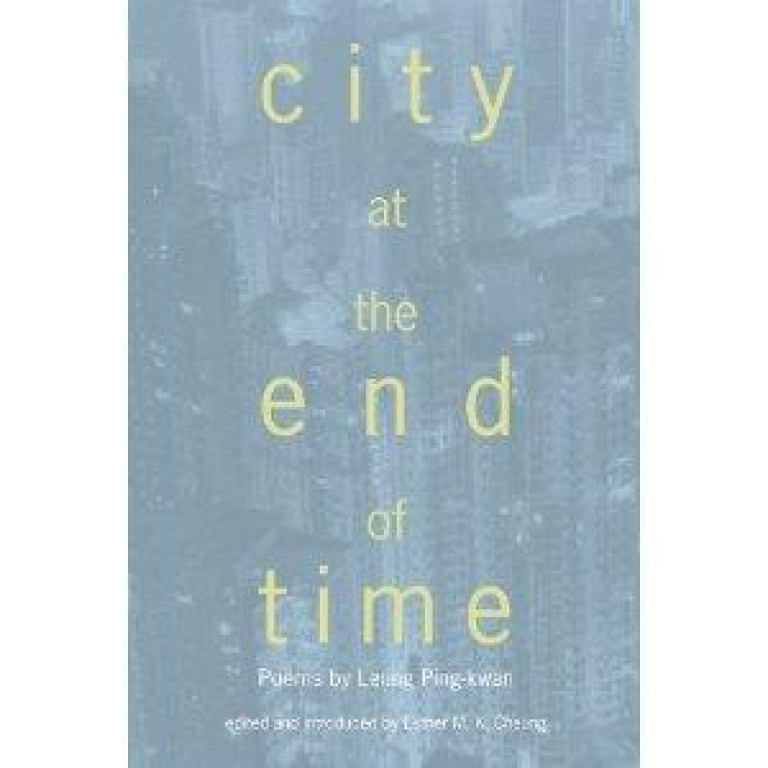
Reissue of pre-1997 poetry collection still has much relevance today
City at the End of Time, a collection of bilingual poems by Hong Kong poet Leung Ping-kwan, was first published in 1992 when the upcoming 1997 handover loomed large over the works and how they were interpreted. Today, readers of this new edition can view the poems with the benefit of historical hindsight. Yet, despite 15 years having passed since Hong Kong was handed back to China, Leung's insights remain surprisingly fresh and relevant.
by Leung Ping-kwan
HKU Press
, a collection of bilingual poems by Hong Kong poet Leung Ping-kwan, was first published in 1992 when the upcoming 1997 handover loomed large over the works and how they were interpreted. Today, readers of this new edition can view the poems with the benefit of historical hindsight. Yet, despite 15 years having passed since Hong Kong was handed back to China, Leung's insights remain surprisingly fresh and relevant.
Forty poems make up the collection. Many grapple with identity, history and culture from a Cantonese standpoint. Hong Kong people continue to wrestle with these issues of selfhood, as shown by the recent protests against people from the mainland. Leung's works are masterful not for providing answers, but in the far more powerful art of quiet observation. He is, as editor Esther M.K. Cheung states in the introduction, able to "articulate what is most local, mundane and familiar".
Leung is known by his pen name Ye Si in Chinese literary circles and he has largely been inspired by traditional Chinese poetry. In an interview included in the edition, Leung compliments the classical poets for their "affection for daily objects … [and] their non-aggressive attitude which always leaves a space for others to come in". He also writes his own (poetry about things) in the section named "Things": topics covered include green salad, bitter melon and a pair of pears.
Leung's strength comes from his refusal to categorise. In this is spelled out. "Must green always mean tolerance? Red/ revolution?" he asks. "No. Symbols/ are mostly limitations." He renders this artfully in the section "Journey", which relays his travels abroad.
All the poems benefit from the introduction by Cheung and various other appendixes, including the original introduction to the 1992 edition by Ackbar Abbas and an interview, conducted by Leung's American co-translator Gordon T. Osing. In an interesting insight Osing, who spent two years at the University of Hong Kong as a Fulbright scholar, admits the English versions should not be considered direct translations but rather works which allude overwhelmingly to the original, adding another layer of meaning.
In both languages, Leung succeeds in delivering precise images and sparse judgment. The tone of his poetry is perhaps summed up in one of his works, , in which he describes a camera capturing Hong Kong "gorging on imagery". We, likewise, gorge on images in reading these poems.
